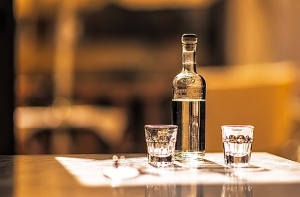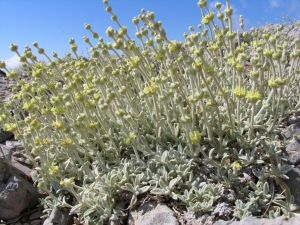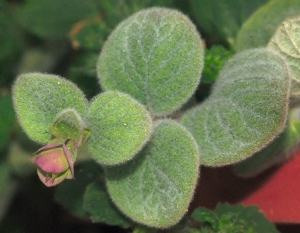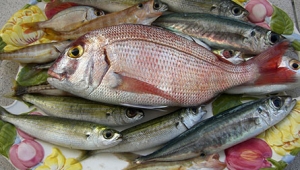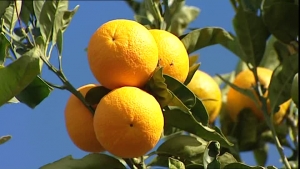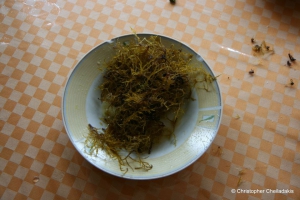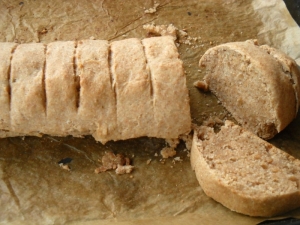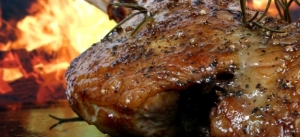Raki or tsikoudia, the spirit preferred by most Cretans, has been awarded PGI status. It appears in every single aspect of social activity and every household on the island. Over time, tsikoudia has become a symbol of kindness and hospitality, a spirit which helps with introductions and starts new friendships. More than just a drink, it's a means of communication between friends and strangers alike.
Malotira (Sideritis syriaca), also known as Cretan Mountain tea is a herbaceous plant or shrub, 10-50cm long, which is met at ranges over 900m in West Crete (over 900m). The species is endemic to Crete and the name syriaca (instead of cretica) probably comes from a confusion of the botanist who gave the name.
Dittany (Origanum dictamnus) (Greek: diktamos) is an endemic herb of Crete, the most famous of all, which is mainly used as a tea and as a therapeutic sip. Its name is taken after the Dikti Range (Lassithi Mountains), though it is also met in all ranges of Crete.
Crete may be an island, but its culture is closer to the mainland type. The inhabitants always preferred areas close to the mountains, where they could peacefully develop agriculture, livestock farming, and trade, as coastal areas were exposed to pirate and buccaneer raids. Several small villages, however, managed to survive and even thrive after the tourism boom.
Fruit-bearing trees, especially citrus trees, thrive in many areas of Crete. Oranges from Maleme in Chania have been awarded PDO status, though other famous varieties include oranges from the planes of Milopotamos and Fodele, cherries from Gerakari, bananas from Arvi, and apples from Lassithi Plateau. At present, alternative crops have been developed and previously ignored products, such as prickly pears, have become standardized.
The macroalgae polisyphonia is a genus of marine algae found primarily in western Crete, with several species. It is reddish, has crisp flesh and grows on rocky grounds. It is found at the west seashores of Kissamos province and at a small part of Bali by Rethymnon
Traditional Cretan bread and rusks are an important part of Cretan culture. Among the Minoan finds unearthed in the island are the earliest occurrences of simple barley bread. Quite a few traditional baking methods and recipes have survived to the present day, with some even acquiring a mystic tinge (such as the making of a specific rusk, the eptazimo).
Cretans used to eat more sheep and goat meat than beef or pork. Small-scale livestock farming and the particular relief of the island called for flocks of smaller animals, usually grazing in mountain pastures. Traditional livestock farming would be nothing special if it weren't for the abundance and nutritional value of the indigenous herbs on which the flocks feed. That's what makes their milk and meat so tasty, and their owners so proud.
- 1
- 2









